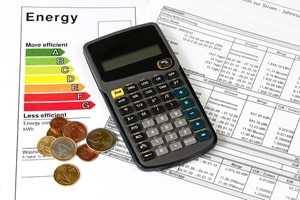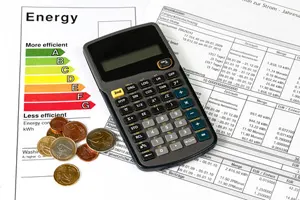
Energy Saving Tips
3 Energy Saving Tips at Home
![]() The process of Energy Saving involves simple yet effective ways of decreasing your energy use. We are paying a lot more these days for energy of all kinds to heat our homes and work places so any energy saving tips at home that can help reduce our energy needs isn’t just glamorous but helps to save money and the planet.
The process of Energy Saving involves simple yet effective ways of decreasing your energy use. We are paying a lot more these days for energy of all kinds to heat our homes and work places so any energy saving tips at home that can help reduce our energy needs isn’t just glamorous but helps to save money and the planet.
Energy Saving is more than just switching off the lights or turning the thermostat down, it’s also increasing energy efficiency so that the heating system does exactly the same job, while using less energy. Energy efficiency belongs at the heart of every low-carbon economy. If the house is old or wasteful, cutting home energy usage by 20 percent, which isn’t hard to do or take too much effort can bring big rewards. If you already live in an energy efficient home, it will be harder to save energy.

A phantom load is an electrical load that consumes electrical energy when it’s thought to be switched off. Leaving a TV in a stand by, or plugging in a phone’s charging port when not using it, can all be good examples.
While all of these issues seem small compared to what a typical home can consume, phantom loads can consume large amounts of electrical energy without you even knowing it. Especially one with teenagers, making it an appealing option for saving energy.
Reducing your electrical load and lowering your energy demand is achieved by energy saving and efficiency measures. Financial gains can be made by achieving energy savings throughout the home since energy costs represent a large share of the total expenses for a typical home. Behavioural changes can be the cheapest and simplest way to reduce electrical demand and utility bills.
3 Main Energy Saving Tips and Ideas
The 3 main energy saving tips you can use to get started saving energy around your home are:
Energy Saving Tip #1. – Cut Down On Energy Consumption:
This is about reducing your energy useage and cutting down on waste by being smart in what you use. Reducing energy consumption lowers energy bills while driving down greenhouse gas emissions.
- Lighting: Replace high wattage light bulbs with more energy efficient bulbs such as LED light bulbs which use up to 75% less energy and last up to 20 times longer than standard incandescent light bulbs. They give out the same amount of light but use less energy so rather than looking for the wattage, look for the lumen’s or how bright the new bulb is instead. Also, by keeping the light bulbs clean from dust, you’ll get more light.
- Baths: Replace soaking in the bath with a daily shower and use a low-flow shower head. Also, don’t let the hot water run constantly while you’re shaving or washing your hands and face, you’ll be surprised how much water and energy you could save this way. One of the most expensive ways to heat bath water is with an electric water heater. An energy efficient natural gas water heater can heat the water for half as much, or use solar thermal collectors and use the sun’s heat for free.
- Laundry: Use your washing machine’s half load setting for small amounts of clothes and choose a lower temperature setting for larger loads. Its the washing powder that cleans the clothes not the amount of water.
- HVAC: Check your heating and air conditioning filters. Dirty HVAC filters not only increase energy usage, they may also damage your system. Why not have your HVAC system serviced. Regular maintenance can extend its life cycle and operate more efficiency saving you money.
- Heating: Reduce the hours your heating system is operational and check for air leaks through windows and doors. Seal and weather-strip around all seams, cracks and openings to protect against drafts. Upgrade your attic and loft insulation to a minimum of R-38 (about 12-14 inches), which will help save you money on heating and cooling costs.
- Appliances: Buy energy efficient rated appliances for your home and kitchen. A-rated energy star appliances use at least 20 percent less energy than older models. Set the refrigerator temperature to 35 to 37 degrees Fahrenheit (about 3o Celsius) and the freezer temperature between zero and five degrees Fahrenheit (about -15o Celsius). Keep refrigerators and freezers full whenever possible as they retain the cold better than an empty one. Also unplug unused refrigerators or freezers.
Energy Saving Tip #2. – Turn Down Those Dials:
This is about reducing your energy consumption by lowering the settings. Adjusting the settings a degree or two than you would normally have them can save about 10% of energy use, long term.
- Home Heating: Turn down the central heating thermostats to 78 degrees Fahrenheit (25o Celsius) in summer and 65 degrees Fahrenheit (18o Celsius) in winter. Each degree higher or lower can significantly increase your heating costs in winter and cooling costs in summer. Change old bimetallic strip thermostats with newer programmable thermostats to manage your heating system more efficiently, saving energy. Why not use a fireplace to heat your home.

